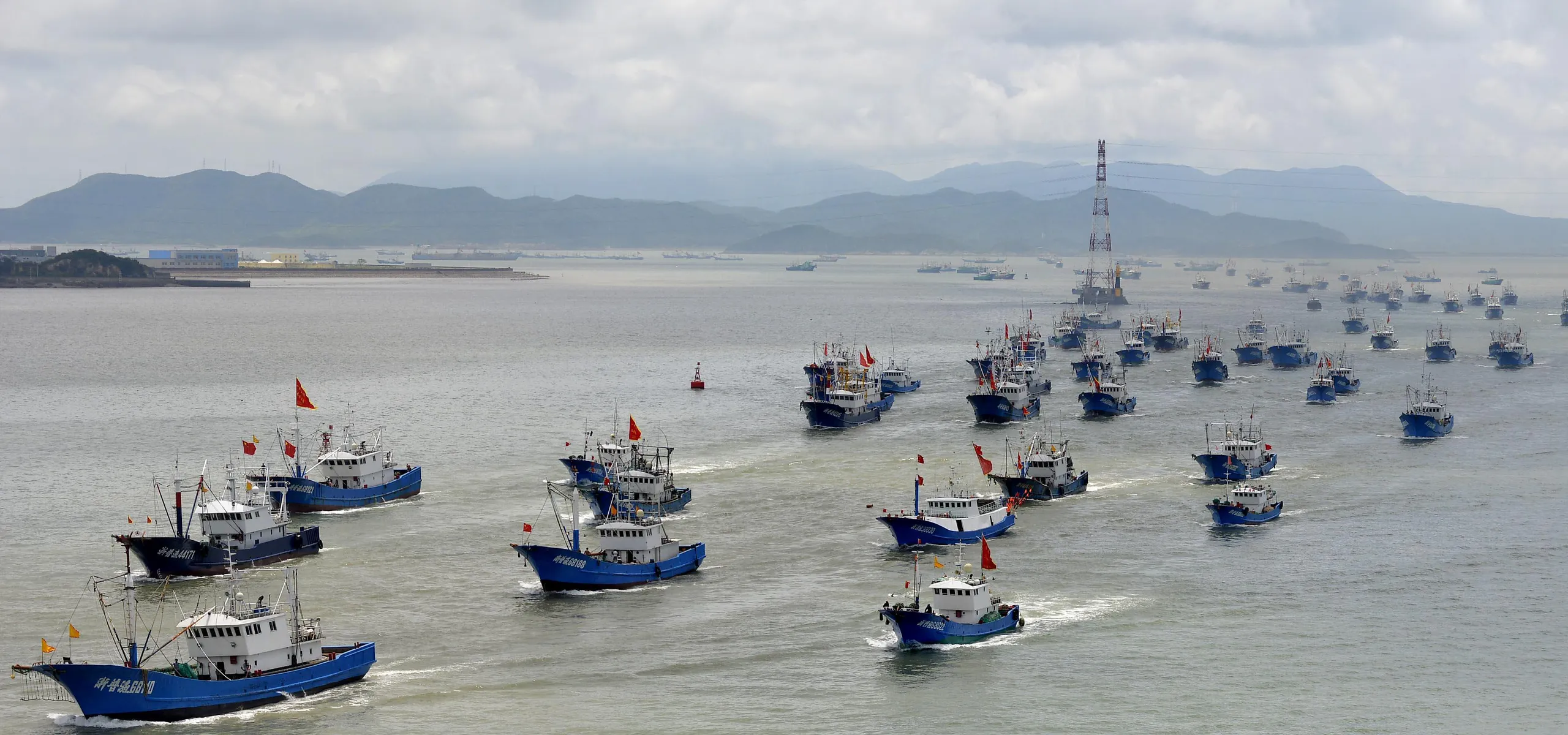“Widow’s islands” on China’s seas highlight rural population decline and poor safety standards in fishing
“That area south of us, near Sanjiang Pier in Zhoushan [Zhejiang], we call them ‘widow’s villages,’” Ye, resident of an East China Sea fishing community, tells TWOC. “A boat or two always sinks there every winter, and each boat could have dozens of hands. When they go down, families can lose husbands and all their sons.”
UN International Widow’s Day, June 23, was created by the United Nations in 2011 to raise awareness of the vulnerable economic and social positions of widows in many parts of the world. In the fishing communities on China’s coasts, the loss of men to one of the most dangerous jobs in the world is embedded in the bigger issues such as the emptying of China’s villages and poor safety standards in the fishing industry.
2017 has been a record year for fishing accidents in the East China Sea near Zhoushan, a prefecture of Zhejiang province made up of more than 1,300 islands; sinkings in January, February, and March led to the loss of five (out of five), 13 (out of 20), and five (out of 11) crew members respectively. Another sinking in May 2016 led to the loss of 17 crew. The most devastating fishing accident in Zhoushan’s recent history, on December 22, 1985, led to the loss of 33 crew members, all from Matang Island in Putuo County (now Putuo District).
One family reportedly lost all four sons; the whole island, or eight percent of their population at the time. The community became known “Widow’s Island,” and in 1999, it was a prototype of what later became the Zhoushan government’s “Move From Small Islands, Build up Big Islands” (小岛迁,大岛建) campaign, which officially started in 2002.
This was essentially the maritime version of the national urbanization drive and continues to the present day, as the isolation and inconvenience of remote island communities, not to mention the economic pressure from importing basic necessities and dwindling fishing stock, leave residents unable to keep up with the demand of modern life—although some communities are seeking to reverse the trend through tourism development, even when others are picturesquely abandoned.
(In the July issue of our magazine, we visit one of these remote communities in Zhoushan to explore the challenges ahead, as well as plans for revitalization.)
In Hainan province, a government report (in Chinese) last year stated that over 80 percent of rescue missions by the provincial coastal affairs bureau were from fishing boats and crew that met with accidents. According to the provincial maritime bureau, the chief cause of accidents is the lack of safety awareness and standards in the fishing industry. “Due to economic and technical constraints, the maintenance and repair methods of the vast majority of small fishing boats are rather archaic, and the crew doesn’t necessarily have the technical skills for their maintenance,” the report quotes Li Tao, deputy director of the maritime bureau’s navigation management office, as saying.
One fisherman quoted in the report, Wu Weihong, rescued from a boat that sank due to engine failure in February 2016, was more blunt when asked why the boat wasn’t inspected before setting out: “Even if we wanted to diagnose [the problem], we couldn’t have diagnosed it.” The report also states that until recent years, some fishermen had considered it an unlucky omen to have life jackets and buoys on the boat.
Wu’s wooden boat was reported to be around 20 years old and made of wood, common around his community in Lingao County. The province has been pushing fishermen to replace their old wooden boats with bigger vessels made from steel or fiberglass.
According to Hainan’s maritime rescue office, other reasons for fishing industry accidents include some fishermen’s preference for relying on person experience rather than weather reports to predict storms, as well as desire to “catch the wind” (抢风头)—to go fishing right as a storm starts (or just as it ends), as it’s believed that fish will swim en masse to certain spots to avoid the storm, which will lead to a bigger catch.
Ye concurs, while pointing out that her own community has always been against this practice. “We don’t have those accidents here, no captains that insist on going fishing in Category 8, 9 storms. But [the industry] is not as competitive here,” she admits.
Reporters from Zhejiang Online revisited Matang Island in 2015, 30 years after the 1985 accident, to find it wholly abandoned. The ferries had stopped and the last residents left in 2006, and the majority of its elderly residents, resettled on a nearby island, discussed about the difficulties of keeping the isolated community going after the tragedy.
Matang used to be “glorious,” one of the most prosperous fishing communities in Putuo County, one former boat captain told journalists. An old woman recalled how after the loss of the men, the young women of “Widow’s Island,” including her daughter-in-law, remarried off the island and accelerated the community’s loss of its young. As we’ve previously reported, this is a common problem in rural areas across China.
There’s an ancient saying among fishing communities that “Setting out to sea is risking half your life.” It’s a fact for communities like Wu’s, where whole whole families depend men who fish, argues the report. But given China’s already battered reputation in industrial and workplace safety incidents, the ancient perils seem ripe for a modern reform.
Cover image of fishing boats setting out from Shenjiamen Harbor, Zhoushan, from Xinhua












